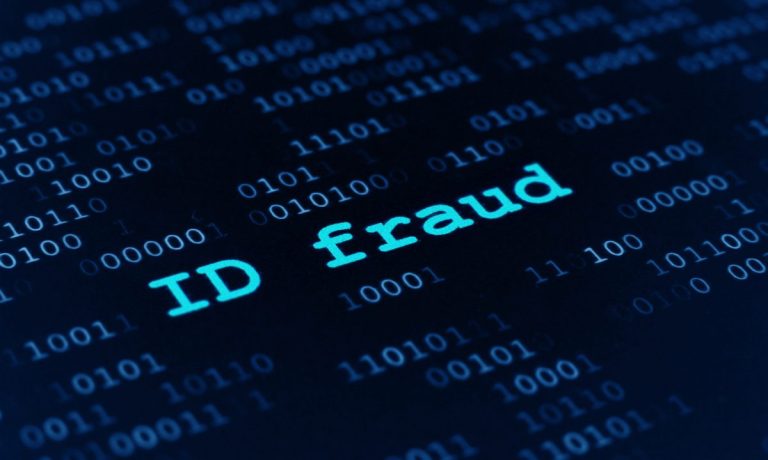
While many corporations need to contend with identity fraud, a new version of this problem has arisen recently: synthetic identity fraud.
This involves hackers making up new identities instead of impersonating a real person, although they will often stitch together IDs using information from actual people (Social Security numbers or email addresses, for example).
This type of fraud can be hard to spot, as there are no identity thefts to notify businesses of fraudulent applications made in their name.
One recent study found that synthetic identity fraud cost financial institutions $20 billion in 2020, with the average fraudster stealing $81,000 to $97,000 before the fraud was uncovered.
Another report found that online lenders lose $6 billion a year to synthetic identity fraud, with the Federal Reserve calling it the fastest-growing financial crime.
Brian Vitale, chief risk and compliance officer at Notre Dame Federal Credit Union, said this type of fraud cost his organization approximately $200,000 in unpaid loans before the CU suspected something was fishy. By the time they figured out that the borrowers did not exist, it was too late.
And lately, these bad actors have found a new target: children’s data. A November 2021 report found that child identity fraud costs families close to $1 billion a year, having victimized 1.25 million children in 2020.
Data breaches and phishing are among the most common sources of child ID fraud, with scammers hacking school district databases or social media accounts to swipe children’s data for use in synthetic and other identity fraud.
Research says 1 in 50 children have become identity fraud victims because of these tactics. And the damage caused to these children may take years to undiscover. Many of them will only learn their IDs were stolen as adults, when they first apply for credit. The average cost to fix a child’s stolen ID is more than $1,000.
To learn more about how businesses are combating this problem, download this month’s Monetizing Digital Intent Tracker, a PYMNTS and Neuro-ID collaboration.